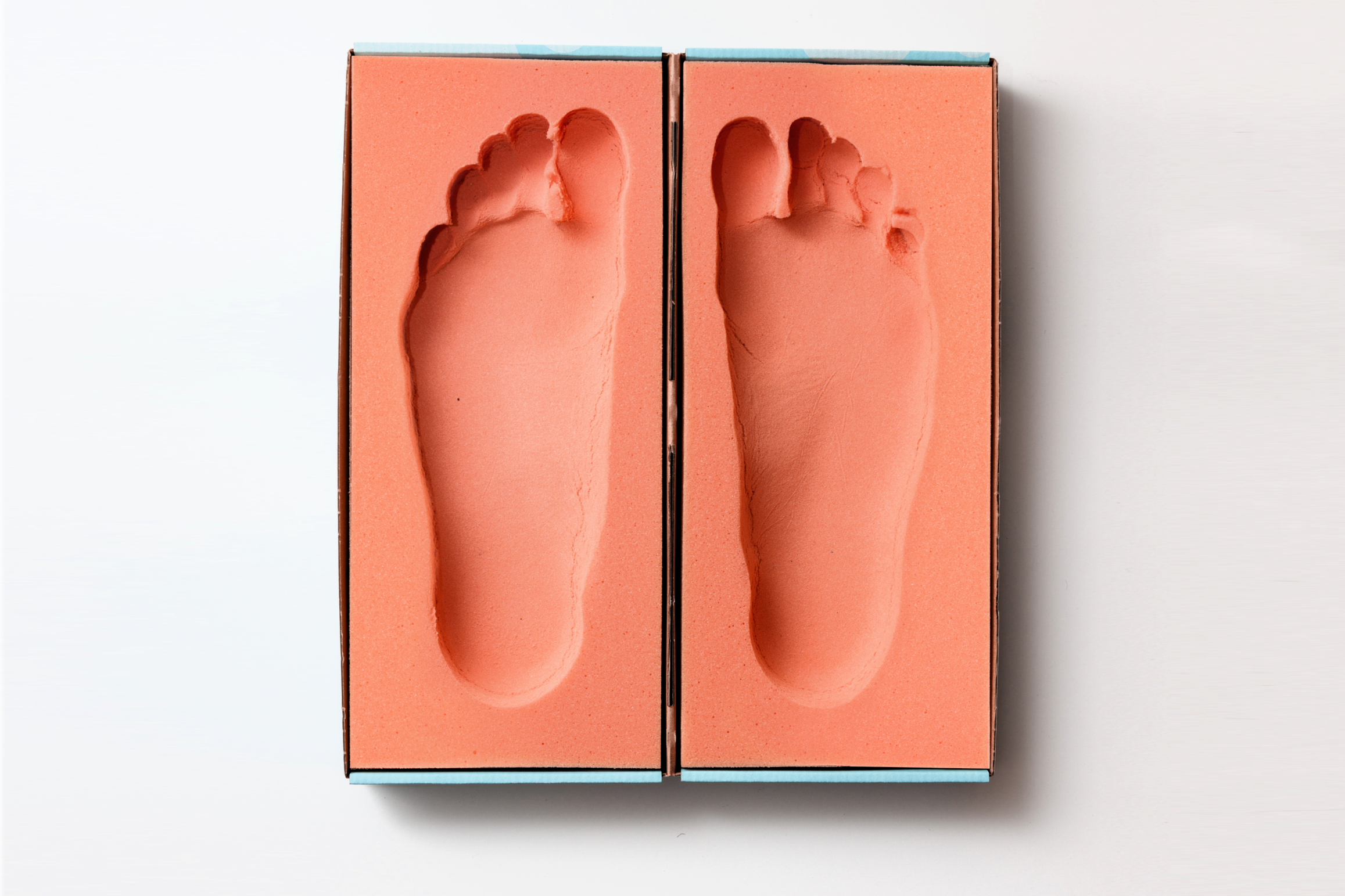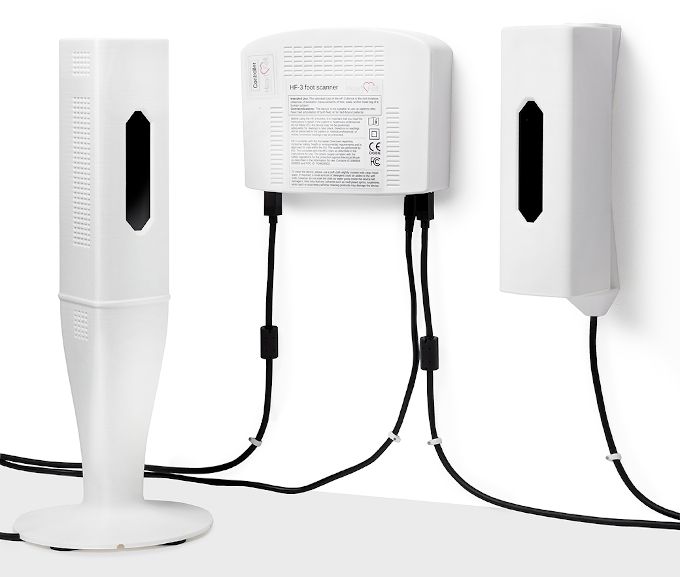AI device detects heart failure by scanning feet
Heartfelt Technologies says device can prevent up to three quarters of all hospital readmissions

Your support helps us to tell the story
From reproductive rights to climate change to Big Tech, The Independent is on the ground when the story is developing. Whether it's investigating the financials of Elon Musk's pro-Trump PAC or producing our latest documentary, 'The A Word', which shines a light on the American women fighting for reproductive rights, we know how important it is to parse out the facts from the messaging.
At such a critical moment in US history, we need reporters on the ground. Your donation allows us to keep sending journalists to speak to both sides of the story.
The Independent is trusted by Americans across the entire political spectrum. And unlike many other quality news outlets, we choose not to lock Americans out of our reporting and analysis with paywalls. We believe quality journalism should be available to everyone, paid for by those who can afford it.
Your support makes all the difference.A UK startup has built an AI-powered device capable of detecting signs of heart failure from a person’s feet.
Cambridge-based Heartfelt Technologies says its technology can monitor discharged heart patients by scanning their bare feet for swelling, which can be an indication that they may be at risk of a heart attack.
Feet swelling, or peripheral oedema, presents itself as a symptom of heart failure up to two weeks before it actually takes place, however it can often go unnoticed by a patient.
Heartfelt Technologies’ artificial intelligence-powered device can be installed in a person’s home to automatically monitor their feet every time they walk past.
The idea is to install it in the homes of patients who have experienced heart issues but have been discharged, with the startup claiming that it could prevent up to three quarters of all hospital readmissions.
“[The system] sits in the home, passively monitoring the volume of patients’ feet as they walk past the camera,” said Dr Oriane Chausiaux, chief scientific officer at Heartfelt Technologies.
“This is designed to avoid patients having to do anything, wear anything or remember anything. We believe that this is the only viable approach for monitoring casually compliant patients.”

People suffering from heart failure can be treated with specialist drugs, however once discharged from hospital they need consistent monitoring to ensure the correct medicines are prescribed.
The shoebox-sized device uses an optical sensor and 3D camera to automatically monitor patients as they walk past. After relying on a Raspberry Pi computer for the first generation of the device, Heartfelt Technologies has upgraded its hardware to the same used in the Microsoft Kinect for its Xbox One cameras.
The device, which has regulatory approval under the Medical Device Regulation (MDR) in Europe, is already being used in “numerous locations” around the world, according to the company.
“As our device doesn’t require any input from the patients, data can be collected consistently and more accurately than the current routine of patients weighing themselves,” the firm said.
“For the doctors, this consistent stream of good quality data means patients should be able to live longer, healthier lives, and avoid hospital readmissions.”
Join our commenting forum
Join thought-provoking conversations, follow other Independent readers and see their replies
Comments